Among the tunes we’ve got on tap to share at Sal’s Speakeasy this weekend is one with a curious history. A monster AM radio hit in the early 1960s, it actually was originally a jug band tune recorded many decades earlier.
Back in the 1920s, a remarkable roots musician named Gus Cannon co-wrote “Walk Right In” for his hot new band, Cannon’s Jug Stompers, to record for Victor Records.
Already an established entertainer in the first years of commercial recording, Gus Cannon had a life story that reads like a novel. Born in the early 1880s on a plantation in Red Banks, Mississippi, he was 12 years old when his family moved a hundred miles southwest to what was to become the world capitol of all things blues, Clarksdale, Mississippi.
Cannon’s musical skills developed with little training, but with much innovation. For instance, he is said to have made his own first banjo, crafting it from a frying pan and a raccoon skin.
At 15, he ran away from home to begin his career entertaining at sawmills, at levees and at railroad camps throughout the turn-of-the-century Mississippi Delta. Along the way, he taught himself fiddle. And a local musician named Alec Lee showed him how to use a knife blade as a guitar slide, a technique that Cannon adapted to his banjo playing.
About 1907 Gus left Clarksdale for the big city of Memphis, where he played in a jug band led by Jim Guffin as well as with established blue and hokum artist Jim Jackson.
It also was in Memphis that he met two other up-and-coming musicians — harmonica player Noah Lewis and guitarist Ashley Thompson — with whom he formed Cannon's Jug Stompers. Together they played parties, dances and medicine shows.
Soon after that, inspired by the success of the Memphis Jug Band’s first records, Cannon took his group to Victor Records to start putting out some discs.
Enter The Song
By then, the Jug Stompers were joined by Hosea Woods, who could chime in with guitar, banjo and kazoo and provide some vocals. It was with Woods that Cannon wrote and recorded “Walk Right In”.
The tune offered great promise for the Stompers. Unfortunately, time wasn’t on their side. The recording date was ominous — Oct. 1, 1929 — that is, less than a month before the collapse of the stock market and the beginning of the Great Depression.
The Stompers’ last recordings were made in 1930 and by the end of that decade, Cannon had effective retired, although he occasionally performed as a solo musician.
Folk Revival
Now fast forward to 1962. The folk music revival was in full swing. Erik Darling was an important influence in the early days of the movement. (He had already formed The Tarriers with actor/singer Alan Arkin, hit the Billboard charts with their version of “Banana Boat Song,” and had replaced Pete Seeger in the last days of The Weavers.)
In June 1962, Darling formed The Rooftop Singers with two friends with the specific goal of recording an updated version of “Walk Right In.” Darling had a bright new idea for the song. Unlike its juggy 1929 original, his arrangement got its distinctive sound by pairing twin 12-string guitars played in a pounding, percussive style. Their version — released six months later — became a No. 1 hit (and created a fad among folkies for the then-little known 12-string).
Initially, writing credits on the record label were allocated solely to Darling and his band mate Bill Svanoe. However, eventually everyone did the right thing: the copyrights were corrected to add Gus Cannon and Hosea Woods’ names.
The success of The Rooftop Singers’ recording — it became an international hit — was a big lift for Cannon, who by then was in his late 70s and fallen on hard times. In fact, the previous winter he’d had to pawn his banjo just to pay his heating bill. For the rest of his life, Cannon now received regular royalties checks as a songwriter.
He also saw renewed interest in his music among newly minted folk fans.
In 1963 Cannon recorded an album fo Stax Records with fellow Memphis musicians Will Shade (the former leader of the legendary Memphis Jug Band) on jug and Milton Roby on washboard. On the disc, Cannon performed traditional songs and his jug band era compositions and told stories between the tunes.
Our Take on the Tune
In Flood years, we came to this song a little late in the game. We started playing it about a dozen years ago — our first recording of it was in the winter of 2010, at the beginning of the second year of our weekly podcasts — and it quickly became such a favorite for Michelle and Charlie that we brought it as the opening track of the band’s next studio album, Cleanup & Recovery.
Since Michelle will be back with us tomorrow night as the guest artist when we do our monthly show at Sal’s Italian Eatery & Speakeasy in Ashland, Ky., we thought it would be fun to bring “Walk Right In” to the mix too. Here, from last week’s rehearsal, is the 2023 take on the tune.
If you’re tooling around this weekend, be sure to walk right in and sit right down at Sal’s this Saturday night. We play from 6 to 9 at 1624 Carter Avenue in beautiful downtown Ashland. The video below gives a taste of what’s in store:

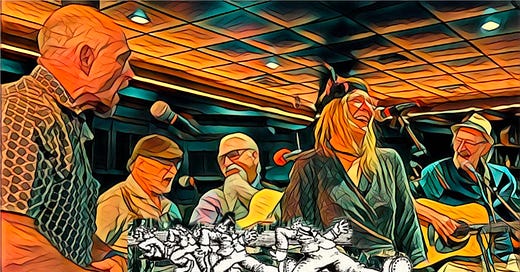




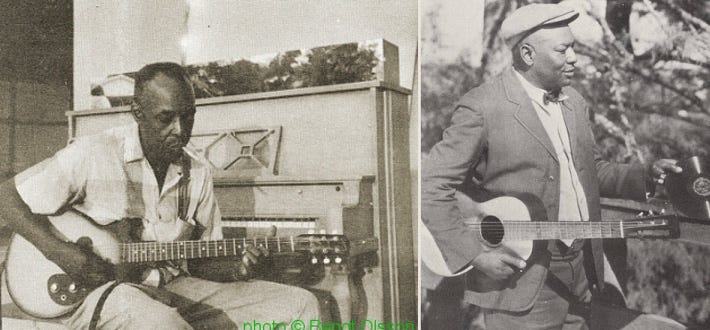




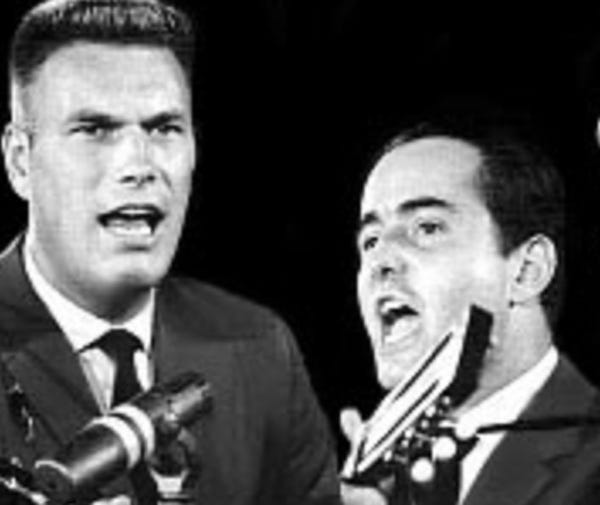
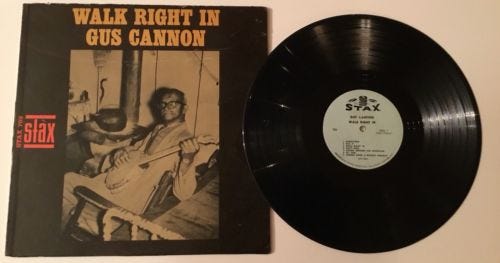
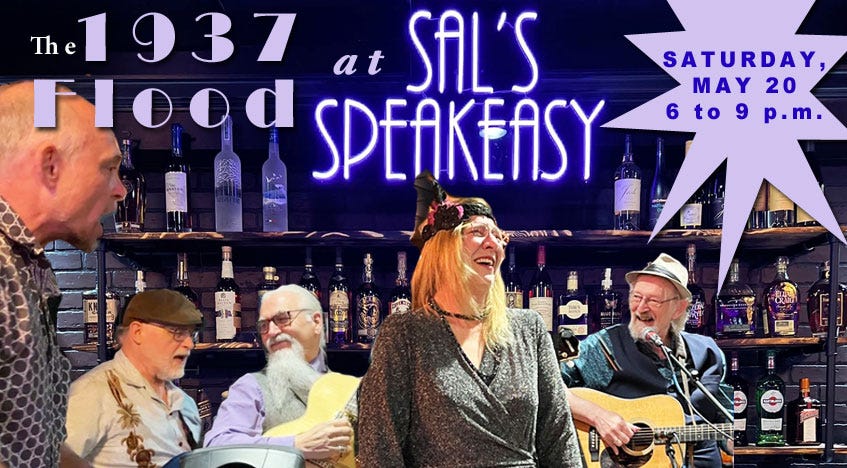









Share this post